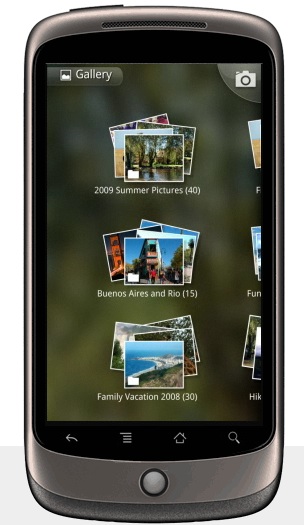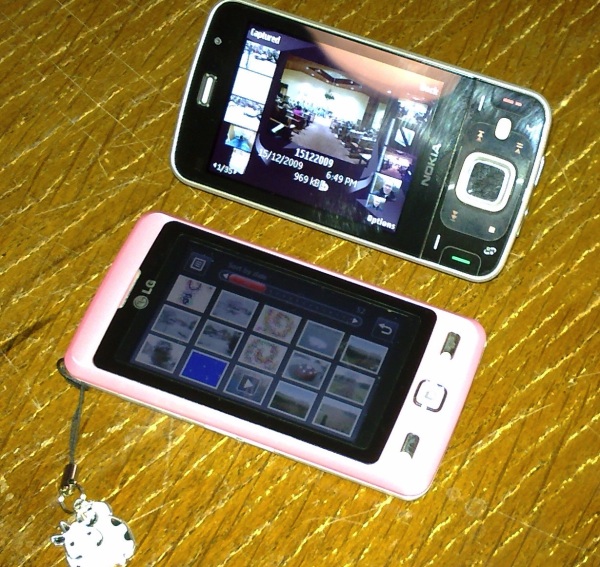We've had a couple of years of the Apple iPhone now, almost single-handedly making touchscreens trendy again. Note the words "trendy" and "again". Touchscreens were 'in' from 1997 to about 2001, within the Psion and Palm PDA communities. The fairly lack lustre Windows Mobile (née Pocket PC) was left to carry the flag after that, barring a few experiments from Nokia (e.g. the ill-fated 7710). Away from touch, button-driven interfaces were the norm in all parts of the Western phone and smartphone world.
Then along came the iPhone, proclaiming that it's really ok after all to 'touch' your screen, helped to a huge degree by using a glass-fronted design that was easy to clean and hard to damage. And now we have designs from all quarters (including Sony Ericsson, Nokia, Blackberry and now Google, with their Nexus One launch) which are also finger-friendly to a degree. Each manufacturer will swear blind that they're not copying the iPhone and that their touch designs were in development before Steve Jobs stepped on stage in 2007 - but you can bet that the truth is being bent a little here.

One possible problem is that the iPhone has started a 'fashion', one which is proving attractive across much of the world, with touch seemingly mandatory and with ever larger and larger screens. For Christmas, I asked my daughter what she wanted, what she really wanted in a phone. And bear in mind that she has access to my own (ahem) collection of 20 or so smartphones. "Something that looks pretty and has a touchscreen" was her reply. Dismissing this by virtue of her being too young (almost 11), I asked a grown up lady friend of mine the same question. "Something that looks pretty and has a touchscreen" again, word for word. It's a trend, all right.

Beauty and the Beast? LG Cookie (with obligatory phone charm!) and Nokia N96
Since 2006, the Nokia N95 and its successors in the Symbian world have been veritable pillars of functionality (hey, these things are designed by engineers!), with overall appearance rarely taking precedence over functionality (I'll draw a veil over the N76, the N93i, the N85 and, arguably, the N97 classic here). So we've had (on the whole) great cameras, media controls, usable qwerty keyboards, and so on. And I still maintain that a properly-set-up (i.e. by me) Symbian smartphone will defeat most oncomers when it comes to the range of tasks it can do well.
But we're living in a new world now. One in which the looks of a phone dictate sales. One in which the presence of a touchscreen can clinch the buying process. One in which the 'number of apps' is the most important statistic. One in which 'thin' is 'in'.
Never mind overall size, never mind call quality, never mind photo quality, never mind robustness, never mind battery life, never mind being able to use a phone one-handed...
Is it just me that longs, in true geek style, for specifications and functionality to play a part in the phone choosing process again? Will touchscreens fall out of fashion, as they did once before early in the last decade? Will enough people get frustrated enough with them that they'll start recommending traditional and QWERTY-driven designs to friends "because they just work" and "because you don't have to mollycoddle them"?
I suspect that what will happen is that (pure) touchscreens will settle down at about 30% of the overall phone market, with another 40% being QWERTY-driven (including hybrid touch designs) and the remaining 30% staying resolutely tiny and numeric-driven. Which is a split-form-factor future that you wouldn't guess from the chatterings of non-geeks, or from the media frenzy surrounding the launch of the Nexus One.....
Steve Litchfield, All About Symbian, 6 Jan 2010
PS. I'm just making a note in my diary to revisit this editorial after the great touchscreen revival of 2017...
